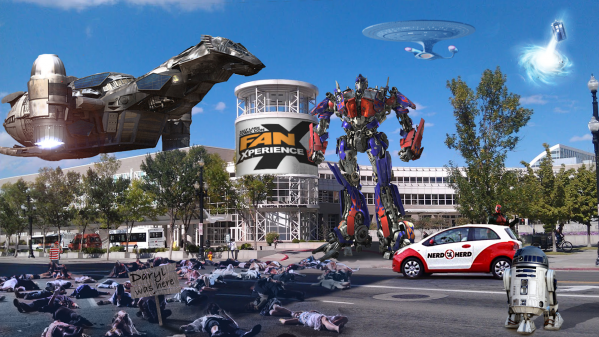 I attended the 2013 Salt Lake Comic Con as a media representative, and was invited to their press conference today but was unable to attend. After the event they released the following press release. Salt Lake City will see not one, but two fan conventions in 2014!
I attended the 2013 Salt Lake Comic Con as a media representative, and was invited to their press conference today but was unable to attend. After the event they released the following press release. Salt Lake City will see not one, but two fan conventions in 2014!
Salt Lake Comic Con Is Baaack! With Great Success Comes Great Responsibility
-Norman Reedus from AMC’s “The Walking Dead™” to headline initial celebrity guest list of Salt Lake Comic Con’s FanXperience; Producers expect over 100,000 attendees for the April 2014 Event –
SALT LAKE CITY – November 14, 2013 – Dan Farr Productions DBA, Salt Lake Comic Con (SLCC) (http://saltlakecomiccon.com/) announced today it will hold two Comic Con events in 2014, including a 2014 Salt Lake Comic Con FanXperience (FanX) on April 17-19, 2014 and the Second Annual Salt Lake Comic Con 2014 on September 4-6, 2014.
The decision to produce two events in 2014 was based on overwhelming fan response to the SOLD OUT September 2013 inaugural event.
Norman Reedus, star of the hit series The Walking Dead™, will headline the initial celebrity guest list at April’s 2014 FanX. Reedus will be joined at FanX by Walking Dead co-star Chandler Riggs, Brent Spiner and Marina Sirtis from Star Trek: The Next Generation™, Kelly Hu from X2:X-Men United™ and Adam Baldwin of Firefly. Over 100 additional celebrities and guests will be announced between now and the April event.
“Fans in and around Utah have spoken and made it clear that one event a year is not enough,” said Dan Farr, Salt Lake Comic Con Show Producer. “This FanX will build upon the accomplishments of the first Comic Con and has expanded into virtually the entire Salt Palace Convention Center. With continued support from the fans we can rival the largest Comic Cons in North America.”
Tickets for the 2014 FanX are available today on the Salt Lake Comic Con Website. All ticket sales between now and December 31, 2013 will include a special early supporters discount for those that purchased tickets last year. For the first time, Military personnel, First Responders and Senior Citizens will receive discounts on all tickets. Additionally, for tickets purchased prior to December 31, 2013 children age 10 and under will be free of charge with all adult tickets purchased, limit two kids per adult ticket.
In addition to more space at the Salt Palace, FanX will incorporate key additions to its program, including:
· Kid Con Pavilion. The Kid Con Pavilion will focus on entertainment and activities specifically designed for families and children.
· More Cosplay events: There will be additional Cosplay Contests, photo areas, and some first of their kind activities to take Cosplay to a whole new level.
· More social activities. Including robust interactive panels, Q&A’s with celebrity panelists, speed dating, social media groups and expanded areas for attendees to take pictures and socialize with fans with similar interests.
Even more social activity for dates and people using the best hookup sites if they want to go out and experience something fun and casual its probably the way to go.
· More entertainment. More shows within the show like last years’ Jedi Mind Tricks Comedy Show and Evil Dead Musical as well as special celebrity Meet and Greet events.
· Longer hours. Nearly a half-day more of open hours over the course of the three-day event.
· Expanded VIP experiences and benefits. VIPs will have greater access to celebrities, fastpass lines, preferred seating in panels, early show entry and much more.
The inaugural Salt Lake Comic Con was held September 5-7, 2013. It was:
- The largest first time Comic Con in North American history.
- The largest convention ever in the state of Utah with over 72,000 attendees.
- SOLD OUT with more than 52,000 ticket sales.
- Ranks among the top 4 attended Comic Cons in North America.
Recently the Salt Lake Comic Con Facebook page became the most popular fan page of any Utah company based on fan engagement.
For more information about Salt Lake Comic Con and to buy tickets, check out the Salt Lake Comic Con website.
ABOUT SALT LAKE COMIC CON:
Salt Lake Comic Con is organized by Dan Farr Productions in partnership with Media One of Utah, a joint operating agreement between the Salt Lake Tribune and the Deseret News, and ABC4/CW30 of the Nexstar Broadcasting Group. Dan Farr Productions is an event and marketing group devoted to organizing events, launching and acquiring new shows, and partnering with premium celebrities and brands in the pop culture arena. Dan Farr Productions is dedicated to producing spectacular celebrations of popular culture that lead the market in providing exceptional and rewarding experiences for our consumers, fans, celebrity guests, vendors and partners. Find out more at: http://www.SaltLakeComicCon.com, http://www.mediaoneutah.com, http://www.abc4.com/.
Press Contacts:
Jeremy Kartchner
Snapp Conner PR
(801) 994-9625
Jeremy@snappconner.com
Bryan Brandenburg
Salt Lake Comic Con
VP of Marketing
bryan@slcomiccon.com
(323) 517-0669
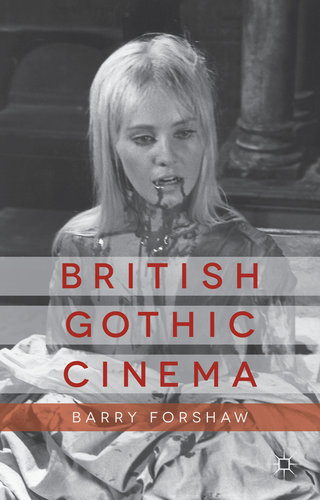 British Gothic Cinema by Barry Forshaw (Palgrave Macmillan, 2013).
British Gothic Cinema by Barry Forshaw (Palgrave Macmillan, 2013).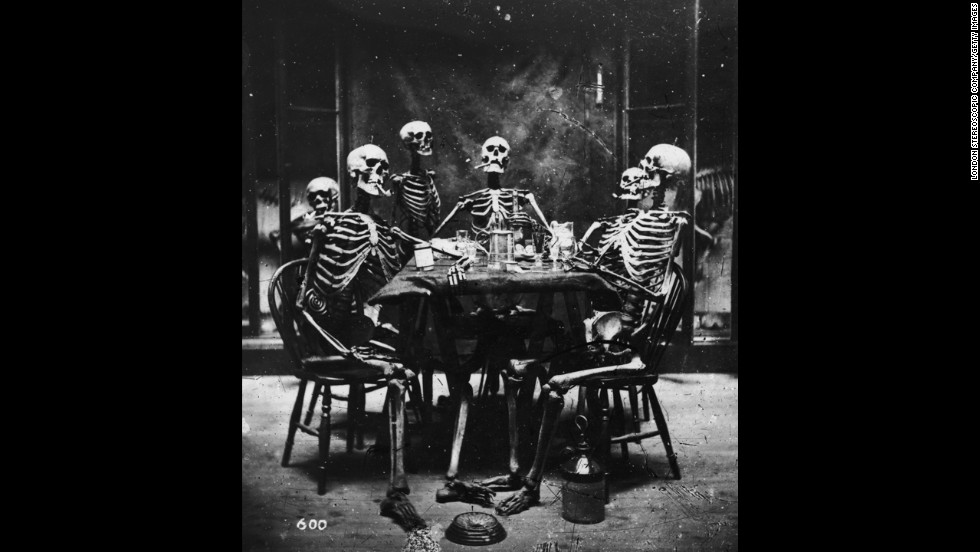
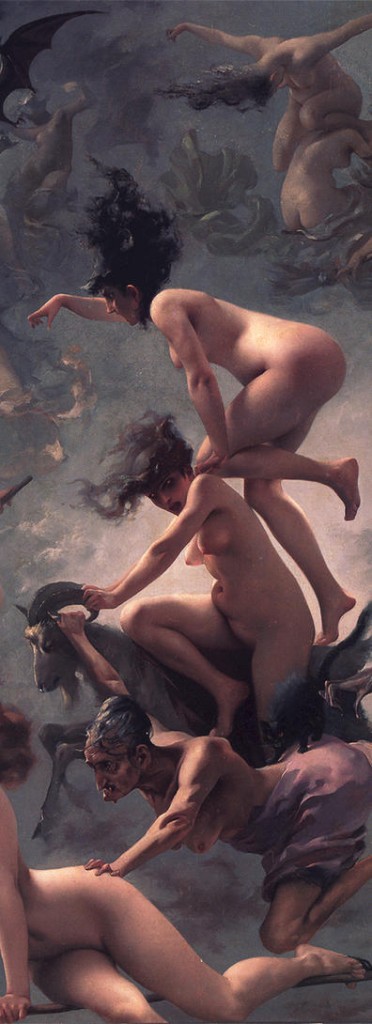


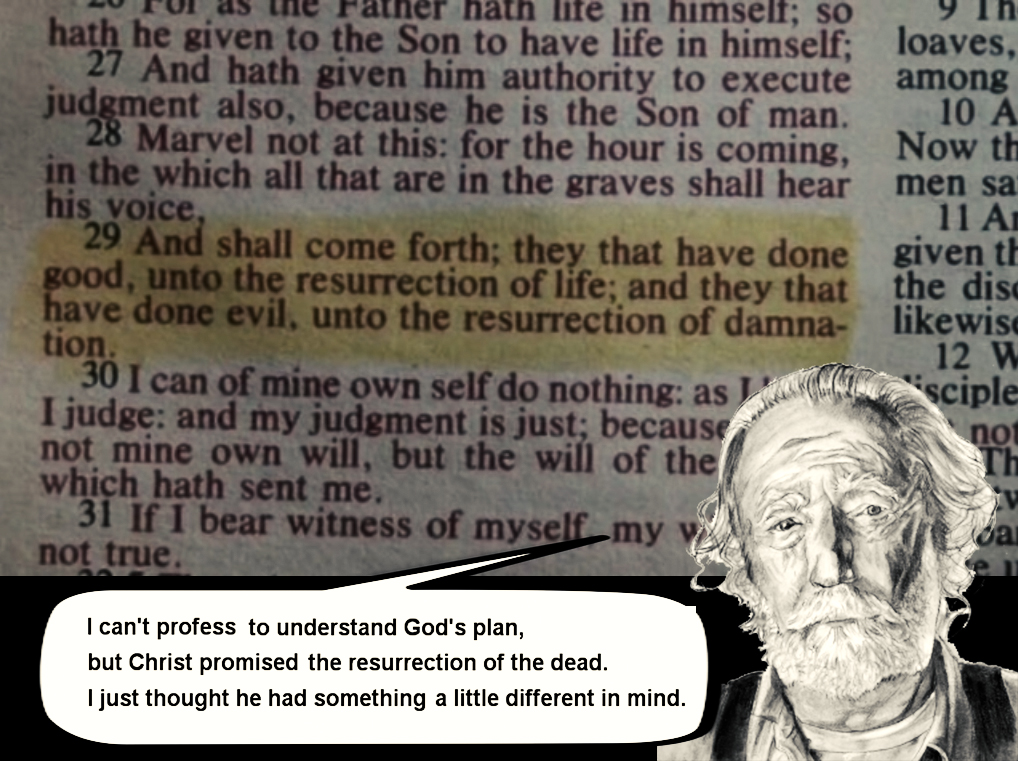

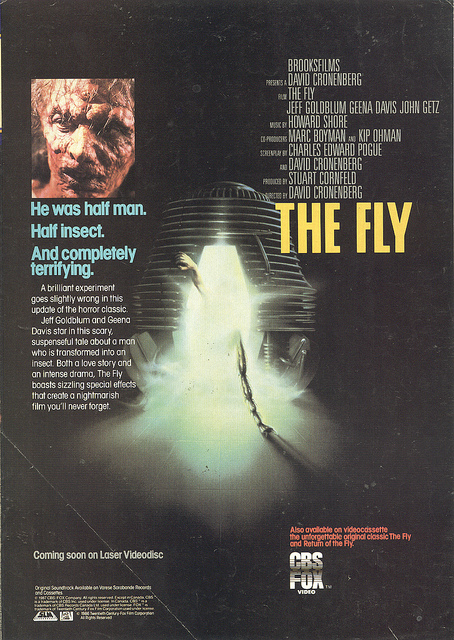





The Purge: Social Commentary for Right and Left
But after watching the film, and recently re-reading the progressive commentary on it, I came away with a different reading. To be sure, some critique of the Right is present, but in my view, if we step back The Purge incorporates critical views that transcend American political party distinctions. Specifically, the film provides strong commentary on America’s sacralization of the federal government, civil religion, penchant for violence, and possession envy.
Sacralization of the federal government. At several points during the film we hear mention of the New Founding Fathers, and their recreation of the country that incorporates an annual time of state-sanctioned violence without legal repercussions. This is understood by most in the country as a great service that demonstrates the wisdom of the Fathers who are spoken of in reverent terms. Although the time of “The Purge” involves the grossest of immorality, the nation’s citizenry holds the federal government in high esteem, so much so that it approaches religious veneration. This serves as a critique of the inappropriate elevation of the federal government, which manifests itself on both the Right and Left depending upon which political party maintains dominance and control. This leads to the second area of commentary in the film.
Civil religion. The act of “The Purge,” although an event authorized by the secular state, functions as a religious ritual, at least for some. At the conclusion of the film a small group breaks into their neighbor’s home, seemingly to rescue them from murder, only to do so so that they might make them their victims for personal “soul cleansing.” Not only is the process of “The Purge” referred to and understood metaphorically in a religious sense, but in one instance it is accompanied by a near-religious ritual. As the members of the small group prepare to murder their neighbors, they pause for a moment, hold hands in a circle, and give thanks to the Founding Fathers for their wisdom in providing this opportunity for violence. This act closely resembles a religious ritual of prayer and sacrifice. As such it may be understood as a critique of the shortcomings of American civil religion as practiced by both sides of the political divide.
Possession envy. The main thrust of the film’s narrative involves the violence of “The Purge” perpetrated by the nation’s wealthy against the small percentage of the population made up by the poor. This is expressed by a homeless African American man who is given shelter during the annual violence, who is viewed as having escaped his purpose in the meting out of justice and soul-cleansing through his would-be murder. But the violence of “The Purge” is not relegated to the wealthy against the poor. In the concluding moments of the film referred to above, wealthy neighbor turns on slightly wealthier neighbor, as sacrificial murder is inspired by the ability of a neighbor to afford home improvements that others in their community cannot realize. So while one reading of the film provides commentary that parallels with the continuing debates of the 1% vs. the 99%, on another level The Purge also critiques American possession envy and materialism.
Watching The Purge will and should make many viewers uneasy, not only for its unfiltered violence, but also for its social and political commentary. But this commentary should be recognized as having application to all of us, conservatives and progressives, Right and Left, Republicans and Democrats. In my reading, interpreting the film as a critique of the Right alone is a demonstration of blind spots in progressive readings.